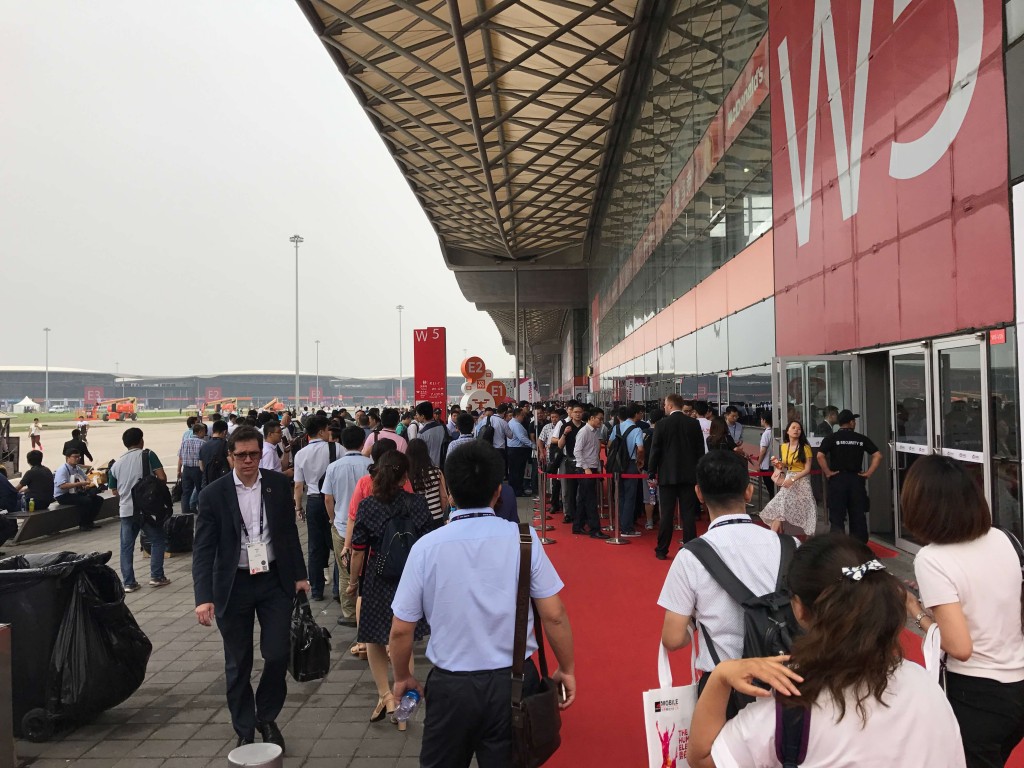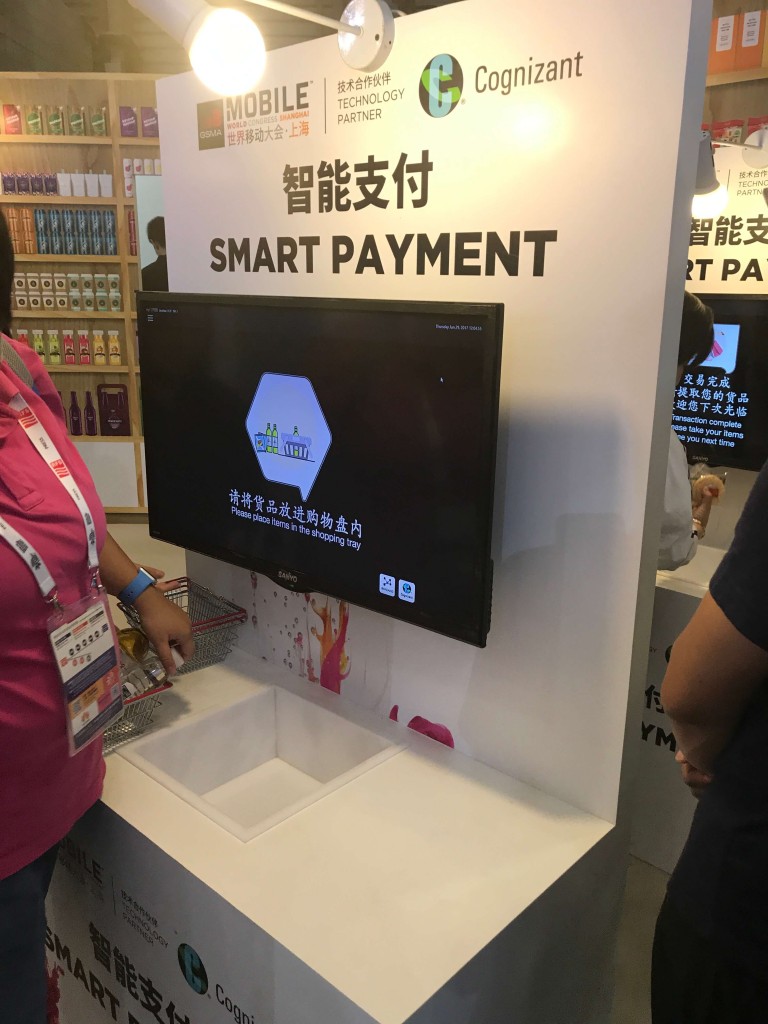This week, we posted an updated version of our “XPRTs around the world” infographic. From time to time, we like to give readers a broader view of the impact that the XPRTs are having around the world, and the infographic shows just how far and wide the XPRTs’ reach has grown.
Here are some numbers from the latest update:
- The XPRTs have been mentioned more than 7,800 times on over 2,500 unique sites.
- Those mentions include more than 6,800 articles and reviews.
- Those mentions originated in over 400 cities located in 58 countries on six continents. If you’re a tech reviewer based in Antarctica, we’re counting on you to help us make it a clean sweep!
- The BenchmarkXPRT Development Community now includes 203 members from 73 companies and organizations around the world.
In addition to the reach numbers, we’re excited that the XPRTs have now delivered more than 250,000 real-world results!
If you’re familiar with the run counter on WebXPRT.com, you may have noticed that the WebXPRT run tally is rising quickly. Starting with the original release of WebXPRT in early 2013, it took more than three and a half years for the combined run tally of WebXPRT 2013 and WebXPRT 2015 to reach 100,000. In the nine months since that happened, users have added 60,000 runs. The pace is picking up significantly!
We’re grateful for everyone who’s helped us get this far. Here’s to another quarter-million runs and downloads!
Justin














